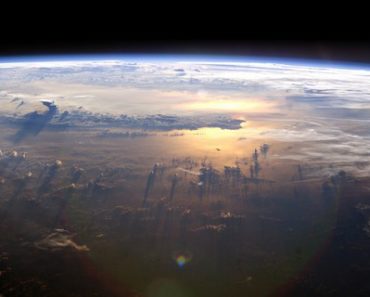This video is a compilation of 3 amazing science experiments with fire, you can do at home.
0:00 Fire Bubbles Experiment
0:46 Fire Hands Experiment
1:04 Traveling Flame
Please be careful when you will be performing these fire experiments at home or at school. All of these fire tricks can be extremely dangerous so again, please be careful. Always use safety glasses or face shield, gloves, well-ventilated areas and adult supervision. Its good to have prepared fire extinguisher.
Experiments in the video:
1. Fire Bubbles Experiment
Fill a kitchen plate with ordinary tap water. Add a little of dish soap to the water. Submerge the open end of the butane gas tube in the soapy water and press. Butane gas will create bubbles which you can catch by hand. Before catching the bubbles and light them with lighter or match, make sure that every part of your hands and wrists are covered with water to protect them from a burn and don’t forget to put a plate with bubbles a bit far from the place where you will make an experiment. I was using a lighter refill with butane gas, you can use same or methane gas.
2. Fire Hands Experiment or hand sanitizer fire science experiment
Hand Sanitizer contains distilled water, ethyl alcohol which is highly flammable and can contain some perfume. Ethanol, also called alcohol, ethyl alcohol, and drinking alcohol, is a chemical compound, a simple alcohol with the chemical formula C2H5OH. It also has medical applications as an antiseptic and disinfectant. Gels that contain ethanol produce a relatively cool flame with the blue color because of a high percentage of the water in the product. But keep in mind, that the flame is still hot enough to burn you if you hold it too long and can ignite paper, fabrics, etc. Use care to perform this experiment in a safe location, away from flammable material. As we recommended before, it’s a good idea to have a fire extinguisher or at least a glass of water.
3. Traveling Flame
This is a simple and easy fire trick with a candle that will surprise anyone who sees it. Almost every candle is made out the wax. When you light a candle, heat from the flame melts wax close to the wick and the melted wax flows up inside the wick by capillary action. The wax becomes a hot gas produced by heat from the flame and its hydrocarbons (CnH2n+2) break down into carbon (C) and hydrogen (H). The vaporized wax is burned with oxygen (O) and is producing water vapor (H2O), carbon dioxide (CO2), light, and heat. Smoke from a candle is unburned wax vapor and substance called “soot” which is a black material composed mostly of carbon. For a few seconds, the temperature of the smoke is high enough that it will burn with the touch of a flame. Because the smoke is hot, It rises and you would like to light it, you should be a few inches above the wick.


